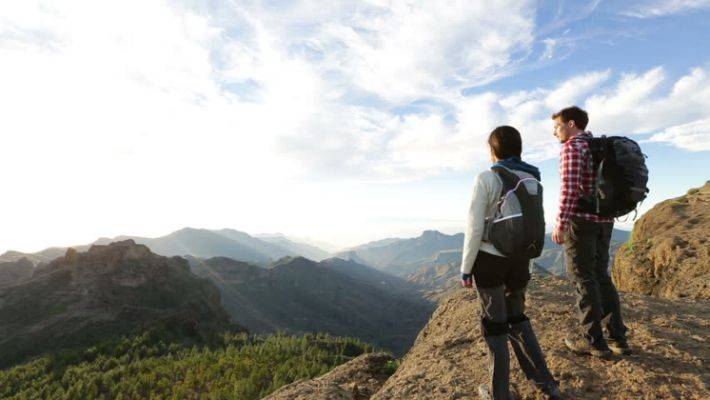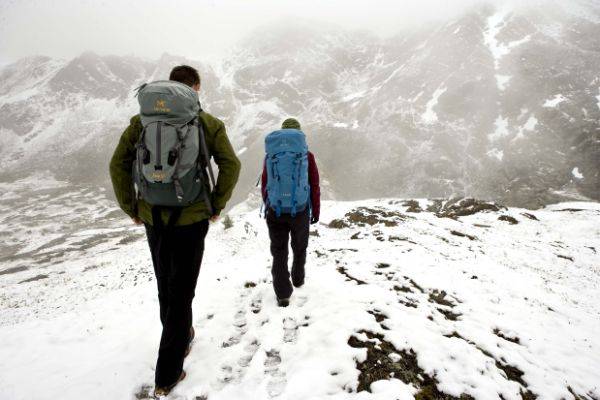 For today’s post we caught up with Andy Clark who works with e-OUTDOOR, the eCommerce website which sells outdoor clothing and equipment.
For today’s post we caught up with Andy Clark who works with e-OUTDOOR, the eCommerce website which sells outdoor clothing and equipment.
With winter coming on fast, you might be tempted to curl up by the fire and hibernate. Though, if you do that, you’ll be missing out. With snow-capped mountain-peaks, frozen lakes, and quiet hills covered with a thin layer of frost, winter is a great time to get out there and go hiking. It’s also a great way to up the right chemicals in your brain to make sure that this winter doesn’t make you depressed.
So, how can a fashion-conscious person make sure that they’re able to do all this stylishly and practically?
 1. Focus On Colour
1. Focus On Colour
The material and design of a jacket will have many practical features which will protect you from rain, sleet, snow, wind, or cold. Depending on where, when, and how you tend to hike, you’ll need your jacket — and the rest of your outdoor gear — to be up to the task.
For serious hikers, jackets need to be bright so that you can be visible in case of an emergency. However, the choice between bright red and bright green is largely aesthetic. What’s more, beyond emergency situations, colour plays very little role in how your jacket will actually function. So, it’s an important thing to consider — but mostly from a stylistic standpoint.
In short, choosing one type of jacket over another because of the colour is not a smart move. But deliberating over the colour options for two identical North Face coats? That’s a perfectly smart move.
Once you’re able to start choosing colours, the normal rules apply. Mix pastels with pastels and bright colours with bright colours. Use a pair of complementary colours by picking two from opposite sides of the colour wheel, such as red with blue and yellow-green with mauve.
If you start with your cheapest item of clothing, you’ll stress about trying to match the colours with more expensive garments — and that could be costly. So, start with the most expensive piece of clothing, pick a colour you like, and go from there.
And, when in doubt, go for black or white.
2. Choose the Right Brand
Stylistically and practically, choosing the right brand is important. Osprey, for example, only make backpacks. There are no Osprey jackets, hats, gloves, trousers, coats, or shoes. As such, the company argues that it is able to sell the highest quality — and the most stylish — backpacks because it’s the only thing they make. It’s hard to argue with that logic, and many people are willing to vouch for their quality.
There are other great backpacks out there, but the moral of the story is that the best quality brands tend to be the most stylish and the most practical. In short, it’s worth paying extra for the items which matter.
This is once again why it’s imperative that you start with the most expensive item first. Don’t shell out top-dollar for the best gloves in the world if it means you can’t afford a decent jacket. Start with the big items, see what you can afford, and then progress that way.
3. Be Clever with Accessories
It should go without saying, but expensive jewellery is a terrible accompaniment for a hike. So, leave the chains, watches, earrings, and necklaces at home. That said, there are some great accessories you can add to a practical outfit for winter hiking. In fact, some accessories can make your outfit even more sensible.
Keyrings or ribbons are a great addition to backpacks if you do any travelling. With so many travellers out there going for the same brands, it’s not uncommon to find that you have the exact same backpack as someone else. To make sure you can differentiate between the two, add a small ribbon, badge, or pin to your backpack in order to let you know that it’s yours. This sort of accessorising is at once helpful and stylish.
